MARKET OVERVIEW
The global craft beer market is modestly transforming the drinks sector with its emphasis on authenticity, innovation, and community values. Looking forward, the segment will be driven not just by microbreweries or craft approaches but will pioneer in directions that are more attuned to cultural development than to generic market trends. What is outside its present reach is a change in the way beer will be consumed less as a commodity and more as a reflection of lifestyle, value, and collective identity.
The global craft beer market in the future will not only react to consumer appetite but will become a shaper of consumer behavior. Upstart brewers will experiment with fermentation methods never before used in the art of beer production, taking cues from food science, environmental science, and even biotechnology. Regional styles will still influence novel flavor profiles, but upcoming combinations will also redefine the notion of what beer should taste like. With younger generations injecting fresh expectations into the market, established notions of taste, alcohol strength, and manufacture will be substantively changed.
Another major change will be the further incorporation of sustainability into each aspect of craft brewing. Whereas environmentally friendly practices have begun to come into play in terms of decisions, sustainable sourcing, circular packaging, and low-energy brewing will become the standard instead of the anomaly. Breweries will identify with larger environmental objectives, not only for compliance but as a fundamental component of their brand. With continued impacts of climate patterns on the availability of hops and barley, substitute ingredients and domestic procurement will come more to the forefront, keeping supply chains robust.
Community building will also define the future path. Breweries will look beyond neighborhood taprooms and festivals to create worldwide micro-communities, tied together not by geography but by values and social media. Social media, gamification, and interactive tastings will provide enthusiasts globally with a means to co-create and drive subsequent batches, from passive consumers to active participants. Democratization of brewing will produce a rich feedback loop that stimulates creativity and loyalty.
Technology will continue to redefine the global craft beer market. AI-powered recipe system, blockchain-based tracking, and more will not be about taste by myself. Transparency, which turned into as soon as a buzzword in advertising and marketing, will become table stakes. Consumers will need to understand where substances are sourced from, who's at the back of the batch, and what the environmental footprint is. Digital interfaces will provide such perception at on the spot reach, building consider and forming more connections.
The global craft beer market will amplify from its artisanal origins right into a motion that celebrates range, duty, and creativity. It will no longer exist within the confines of bars or specialty shops but will find its place at the crossroads of tradition, technology, and sustainability. What began as a protest towards mass production turns into the model for a way conscious, localized intake can paintings in a globalized global supplying extra than flavor however a glimpse into the destiny in each pour.
Global craft beer market is estimated to reach $214,035.90 Million by 2032; growing at a CAGR of 9.9% from 2025 to 2032.
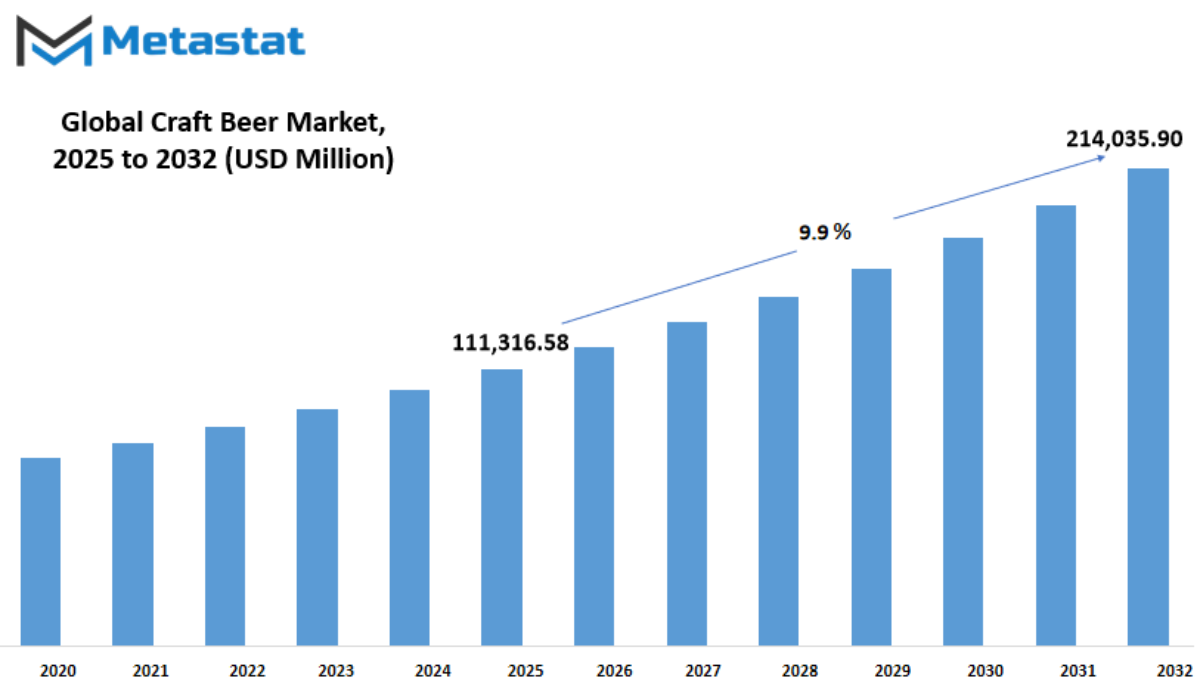
GROWTH FACTORS
The global craft beer market has been gaining consistent momentum year after year with the push coming mainly from changing consumer trends. Increasingly, purchasers are opting for top rate and flavored alcoholic drinks and going for precise taste experiences over mass-marketplace manufacturers. This is specially actual among young purchasers who're keen on authenticity, craftsmanship, and diversity of beverages. Craft beer, with its robust flavors and character, is precise in a marketplace ruled with the aid of muddle. This multiplied interest in craft liquids has been a major component in the back of the improved call for for craft beer international.
Another critical force driving this industry is increased interest in microbreweries and brewpubs. Local breweries have turned beer from just a beverage into a cultural event. Individuals are not merely imbibing beer they're having it as part of a social or gastronomic excursion. With taprooms having seasonal batches, local artist/chef collaborations, and on-premise experiences, craft beer is no longer merely a drink. It's now a part of a lifestyle for most, further enhancing its international popularity and pushing brewers to innovate.
But the rise of the global craft beer market is not without hurdles. One of the biggest limiting factors is the tight regulation of alcohol advertising and sales in most nations. Such suggestions may limit a logo from targeting larger crowds, particularly in regions where merchandising of alcohol is precisely prohibited or outright forbidden. In addition, brewing craft beer is a more high priced enterprise because of the small batch, first-rate components, and hands-on manner. With a shorter shelf lifestyles than heavily produced beer in addition, this might restrict earnings and region strain on smaller players in the enterprise.
Despite all this undertaking, the enterprise has vivid potentialities in advance. With increasing numbers of purchasers turning health-conscious, low-alcohol and gluten-free craft beer will become a growing interest. These merchandise allow one to consume craft beer with the issues that normally accompany traditional alcoholic drinks. This trend is motivating many breweries to increase their product portfolio for you to cope with demand for a healthier choice without compromising on the flavor and enjoy.
Furthermore, the markets inside the Asia-Pacific are expanding into new possibilities for craft beer. India, Vietnam, and the Philippines are a number of the international locations which can be experiencing growing incomes, urbanization, and a younger populace inquisitive about international developments. This is a perfect setting for craft beer to thrive. Through careful market entry plans and attention to local taste aversion, businesses are able to unleash tremendous growth in those regions, ensuring the future for the global craft beer market both enticing and promising.
MARKET SEGMENTATION
By Type
The global craft beer market is seeing a significant shift, driven by changing consumer trends and an increasing desire for genuine, regionally manufactured drinks. While greater purchasers are abandoning heavily produced items, they're increasingly more locating safe haven in craft beers with specific flavors and histories. This alternate isn't a fad it is an illustration of the way customers presently prioritize first-rate, area of expertise, and the experience of what they devour. Craft breweries tend to be small and independently owned, so that they have the potential to try new components and brewing techniques. This allows them to produce unique products that entice new consumers in addition to set up aficionados.
Among various forms of craft beer, Ale takes the lead with a projected value of $49,191.41 million. The segment has picked up pace because of its dense and complex taste, typically flavored with fruits or spices. Ale is popular among people seeking something distinct and strong in contrast to mainstream beers. Lager, however, still holds on to its position as a favorite among social drinkers who love the clean and crisp finish. It's normally taken into consideration a lighter and less difficult desire, as a consequence appealing for social consuming and laid-again environments. Pilsner, that is a style of lager, offers a greater state-of-the-art flavor with a really sour finish, and has skilled renewed popularity for its balance and smoothness. The "Others" segment includes a mix of experimental beers and hybrid styles, which might be gaining recognition for increasing the limits of what beer can do.
This increasing range in types of merchandise has now not just broadened the marketplace however also inspired innovation. Craft brewers not have to stick with tried-and-proper elements; many are incorporating fresh, neighborhood produce, herbs, and even coffee or chocolate to supply ambitious, new reviews. With social media and craft beer festivals gaining traction, small breweries now have forums to engage without delay with purchasers and proportion their logo stories in a way that the huge companies on occasion cannot. Therefore, the brewer-drinker courting is skilled greater in my view and interactively, constructing patron loyalty.
But flavor and imagination are not all that are pushing the market along. Individuals are becoming more concerned about how their drinks are produced and where they are sourced. Ethical sourcing and sustainability are becoming the considerations for purchasing decisions by many consumers. Craft breweries, being fantastically smaller in operations, have a tendency to discover it simpler to exercise "green" strategies and contribute to local groups. These values are very lots consistent with a consumer generation that no longer simplest has issues about what they consume, however additionally how what they devour influences the sector round them.
Forward, the craft beer industry will preserve to increase as extra individuals discover and sell independent brands. Ales taking the lead, followed with the aid of Lagers, Pilsners, and developing classes, the marketplace is poised to welcome each social sippers and beer aficionados alike. This growing interest suggests that craft beer isn't simply a beverage it's turning into part of a lifestyle with roots in preference, creativity, and community.
By Packaging
The global craft beer market is brewing right into a various and gradually developing area, formed by way of converting customer preferences and the rising recognition of unique, locally-inspired flavors. Craft beer has emerge as more than simply an opportunity to heavily produced lagers it’s now part of a life-style that values creativity, satisfactory, and authenticity. As clients come to be extra curious about what goes into their drinks, they may be seeking out beers that replicate craftsmanship, formidable taste profiles, and often, a connection to nearby subculture. This has endorsed microbreweries and unbiased beer makers to test with elements and brewing patterns, making the craft beer scene richer and greater varied.
When it involves packaging, the market is specifically divided into bottles, cans, and kegs. Bottles have lengthy been related to top rate presentation and are often favored by way of traditionalists who experience the ritual of pouring. They’re additionally desired for positive patterns that benefit from slower growing old. However, cans have won a strong foothold in current years because of their comfort, lighter weight, and higher safety from mild and oxygen. They’re simpler to move, chill fast, and enchantment to younger audiences who frequently prioritize sustainability and portability. Kegs, then again, continue to dominate the draft beer scene, particularly in pubs, bars, and occasions, wherein freshness and quantity count extra than branding or shelf enchantment.
Each type of packaging plays a specific role depending on where and the way the beer is fed on. For instance, bottles nonetheless have a robust presence in uniqueness retail and present markets, where the appearance of the product is part of the experience. Cans are thriving in supermarkets and convenience stores, assembly the call for for on-the-cross options. Meanwhile, kegs guide the increase of craft beer in hospitality and events, keeping the product clean and reducing waste. As distribution channels diversify, craft brewers are adapting their packaging picks based on target market, price range, and environmental concerns.
Looking beforehand, the global craft beer market will probable preserve to shift in the direction of packaging that aligns with sustainability and ease of get admission to. Recyclable cans and reusable kegs are already influencing shopping decisions, particularly amongst eco-aware drinkers. While bottles will always keep a positive nostalgic allure, their marketplace percentage can be challenged unless paired with sustainable innovations. Craft beer makers, specifically more recent entrants, are now greater conscious that packaging isn’t only a field it’s a message, a marketing device, and every now and then, a deciding aspect for the consumer.
The destiny of the global craft beer market could be driven with the aid of how properly brewers can balance creativity with practicality. Whether it is a tumbler bottle in a present container, a brightly designed can from a neighborhood keep, or a freshly poured pint from a keg, packaging performs a critical part in shaping notion and enjoy. As craft beer maintains to develop, both in variety and call for, these packaging formats will remain relevant in connecting brewers with drinkers in significant and noteworthy methods.
By Distribution Channel
The global craft beer market is experiencing a notable transformation as extra clients move towards specific, flavorful, and regionally-produced brews. Unlike industrially produced beers, craft beer displays personal brewing styles, frequently supplying formidable flavor profiles that appeal to adventurous drinkers. This shift in desire has created new opportunities for smaller breweries to construct loyal communities around their products. As human beings grow to be greater privy to what goes into their drink, they seek authenticity, high-quality ingredients, and transparency values that craft beer brands actively promote. This conduct, specifically amongst more youthful demographics, is gradually changing how beer is marketed and consumed globally.
By distribution channel, the global craft beer market is broadly cut up into on-change and rancid-exchange segments. On-trade refers to income via bars, pubs, eating places, and hotels. This channel performs a big function in how consumers experience craft beer, as many institutions function specific nearby choices or seasonal brews on tap. The social placing enhances discovery and tasting, making it a popular way for customers to attempt some thing new. This phase is specifically sturdy in city areas where nightlife and food lifestyle guide demand. Craft breweries also enjoy the direct comments they receive thru on-alternate channels, often the use of it to tweak or improve their offerings.
On the opposite hand, off-trade distribution, which includes supermarkets, liquor stores, and on-line structures, is increasing swiftly. This channel offers convenience and availability to clients who opt for enjoying craft beer at domestic or in the course of non-public gatherings. Packaging additionally plays an essential component right here, as fascinating labels and informative branding assist smaller breweries stand out on crowded shelves. In areas in which on-line alcohol income are approved, many craft breweries have tapped into e-commerce to reach wider audiences. Subscription boxes, constrained-version releases, and direct-to-client services are helping construct sturdy connections between brewers and their clients.
Both on-trade and stale-trade channels have their personal strengths and are vital to the market's boom. While on-trade creates studies and builds hobby, off-exchange can provide scale and attain. Many breweries now undertake hybrid strategies, making their presence felt across each areas to growth visibility and income. As extra consumers searching for diversity in what they drink, the accessibility provided by both channels will preserve to help the enlargement of the global craft beer market.
In the approaching years, the global craft beer marketplace will probably see more collaborations among brewers and hospitality agencies, at the side of digital innovations in distribution. As this space matures, achievement will now not best rely on flavor but additionally on how nicely manufacturers talk their story, values, and identity via both retail shelves and taproom experiences.
|
Forecast Period |
2025-2032 |
|
Market Size in 2025 |
$111,316.58 million |
|
Market Size by 2032 |
$214,035.90 Million |
|
Growth Rate from 2025 to 2032 |
9.9% |
|
Base Year |
2024 |
|
Regions Covered |
North America, Europe, Asia-Pacific Green, South America, Middle East & Africa |
REGIONAL ANALYSIS
The global craft beer market shows varied tendencies throughout special components of the arena, reflecting numerous tastes, cultural habits, and consumption styles. In North America, specifically inside the United States, craft beer has transformed from a spot preference to a mainstream choice. Independent breweries have flourished by imparting unique flavors, first-class ingredients, and small-batch manufacturing that appeals to clients in search of alternatives to heavily produced beer. Canada has additionally embraced the craft beer wave with a growing range of microbreweries, while Mexico maintains to look growing hobby, in particular in city areas where local brewers test with traditional and modern styles.
Europe, lengthy acknowledged for its ancient beer subculture, has also skilled a sizeable shift. Countries just like the UK, Germany, France, and Italy have visible a surge in small breweries that mix culture with innovation. While Germany remains recognised for its purity standards, a more youthful era of brewers is bringing in bolder flavors and present day strategies. In the UK, craft beer fairs and community taprooms have turn out to be everyday capabilities. France and Italy, greater recognized for wine, are displaying developing enthusiasm for artisanal beer, with clients regularly exploring new taste profiles.
Asia-Pacific is hastily becoming one of the most dynamic regions within the craft beer area. India, China, Japan, and South Korea are witnessing expanded demand, driven by using urbanization and growing disposable earnings. Young adults, specifically in metro regions, are attracted to the revel in and range offered by craft beer. While China’s beer consumption has historically leaned in the direction of mainstream manufacturers, the neighborhood market is beginning to see greater unbiased labels gaining reputation.
South America is catching up, with Brazil and Argentina showing the most visible modifications. In Brazil, small brewers are gaining attention for their creative takes on traditional recipes, at the same time as Argentina’s scene is booming in towns like Buenos Aires. The impact of food lifestyle performs a robust function right here, with many microbreweries aligning their offerings with neighborhood cuisine. Consumers are becoming extra curious and open to attempting exclusive patterns, making this an exciting marketplace to watch in the coming years.
In the Middle East and Africa, development is extra slow because of various cultural and regulatory factors, but it isn't always with out promise. Countries which includes South Africa and Egypt are main the change, with a major rise in local craft beer brands. GCC international locations face tighter restrictions, but expat communities and tourism hubs have created small wallet of boom. As recognition spreads and market situations come to be extra favorable, this vicinity is anticipated to open up in addition opportunities for craft beer producers seeking to expand their reach.
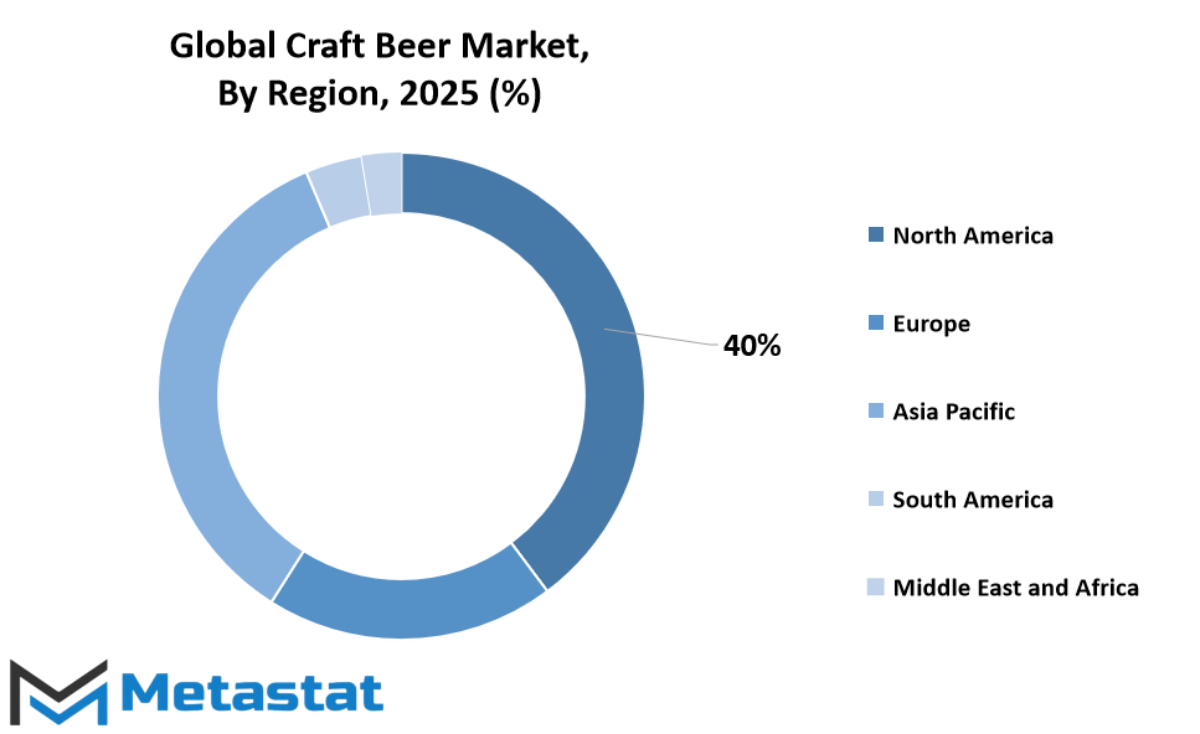
COMPETITIVE PLAYERS
The global craft beer market has grown right into a huge section of the beverage industry, with a reputation for specific flavors, nearby pleasure, and innovation. Unlike heavily produced beer, craft beer is thought for its innovative brewing strategies and recognition on first-class. Consumers today are searching past normal alternatives, leaning into experiences that offer one of a kind taste and authenticity. This shift in desire has fueled the demand for craft brews across distinctive areas, turning it from a gap hobby right into a full-size fashion that keeps to attract each unswerving lovers and curious learners.
What sets craft beer apart isn't always simply the flavor, however the story at the back of each bottle. Many craft breweries build robust community ties, the use of locally sourced substances and experimenting with new patterns that mirror regional person. This non-public connection often interprets into brand loyalty, with customers identifying carefully with their favourite breweries. As focus spreads, more people are deciding on craft beer as an expression of taste and identity. This shift is not just occurring in North America or Europe it is gaining momentum in Asia-Pacific, South America, and other elements of the arena wherein the tradition of impartial brewing is just beginning to take root.
The global craft beer market is home to a huge variety of gamers, each bringing some thing one-of-a-kind to the table. Major members encompass DG Yuengling & Son Inc, The Boston Beer Company, and The Gambrinus Company, all of whom have helped form the cutting-edge craft beer landscape. Companies like Bell’s Brewery Inc, Sierra Nevada Brewing Co., and New Belgium Brewing Company continue to innovate, at the same time as others which include Stone and Wood Brewing Co, Minhas Brewery, and BrewDog percent push boundaries with bold flavors and creative branding. Meanwhile, massive worldwide names like Anheuser-Busch InBev, Molson Coors Beverage Company, Heineken NV, and Constellation Brands have entered the craft space, either with the aid of obtaining impartial breweries or launching their very own craft-stimulated strains to meet the growing call for.
While opposition grows, the marketplace still gives lots of space for brand new gamers with fresh ideas. Small-scale brewers are locating success by that specialize in sustainability, confined-edition releases, and direct-to-consumer models. As virtual structures help unfold the phrase and simplify get right of entry to, breweries can reach broader audiences without relying totally on conventional distribution. This combination of creativity and accessibility is a robust signal that the craft beer enterprise will retain to thrive and encourage the following generation of brewers and drinkers alike.
Looking beforehand, the global craft beer market will in all likelihood remain dynamic, fashioned by way of converting existence, consumer curiosity, and a collective desire for first-rate. The presence of hooked up players along developing beginners guarantees a panorama that’s complete of possibilities. As long as brewers stay related to their clients and preserve pushing the bounds of taste, the craft beer movement will not just undergo it will develop more potent.
Craft Beer Market Key Segments:
By Type
- Ale
- Lager
- Pilsner
- Others
By Packaging
- Bottles
- Cans
- Kegs
By Distribution Channel
- On-trade
- Off-trade
Key Global Craft Beer Industry Players
- DG Yuengling & Son Inc
- The Boston Beer Company
- The Gambrinus Company
- Bell’s Brewery Inc
- Sierra Nevada Brewing Co.
- New Belgium Brewing Company
- Stone and Wood Brewing Co
- Minhas Brewery
- Anheuser-Busch InBev
- Molson Coors Beverage Company
- Heineken NV
- Constellation Brands
- BrewDog plc
WHAT REPORT PROVIDES
- Full in-depth analysis of the parent Industry
- Important changes in market and its dynamics
- Segmentation details of the market
- Former, on-going, and projected market analysis in terms of volume and value
- Assessment of niche industry developments
- Market share analysis
- Key strategies of major players
- Emerging segments and regional growth potential



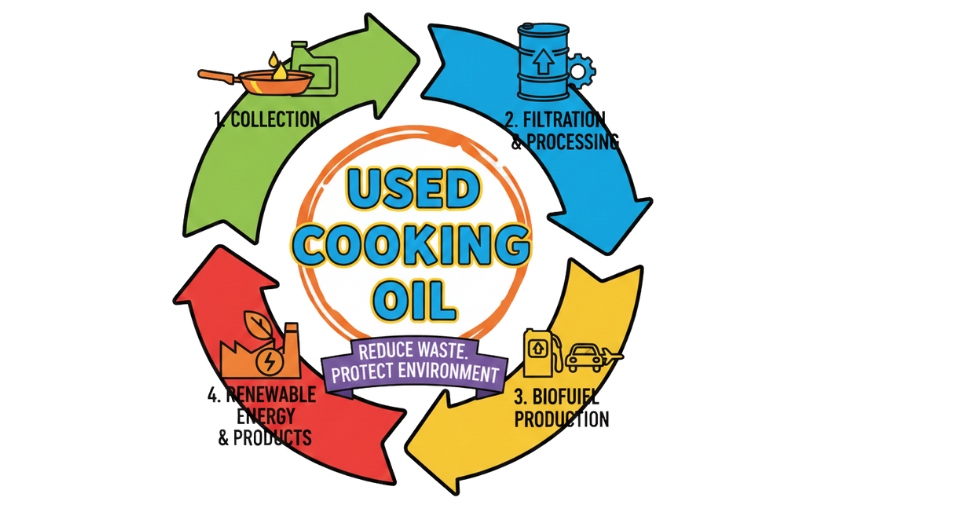
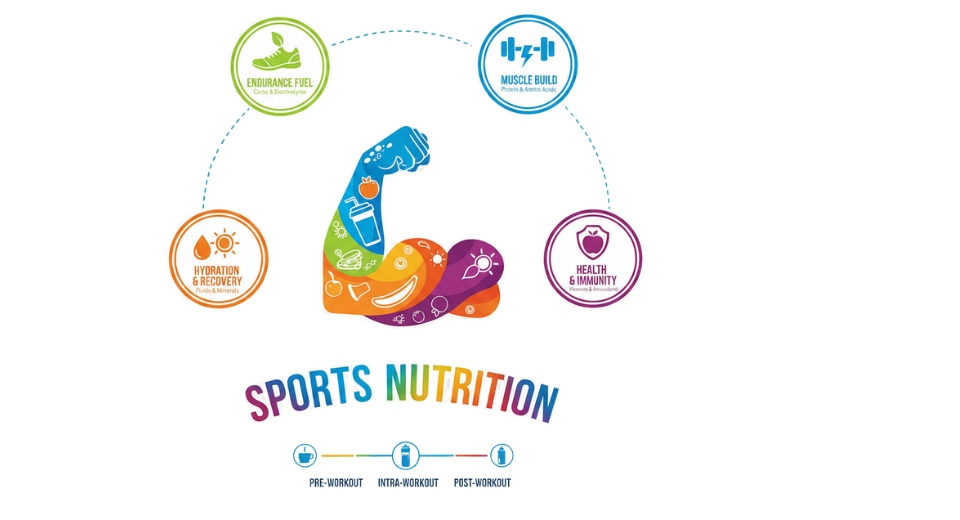
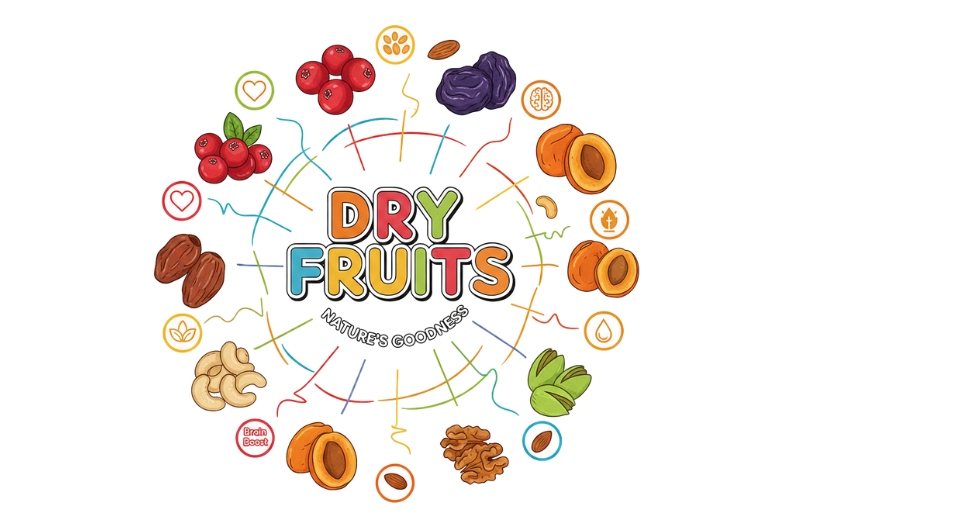


 US: +1 3023308252
US: +1 3023308252






